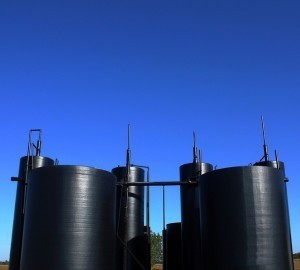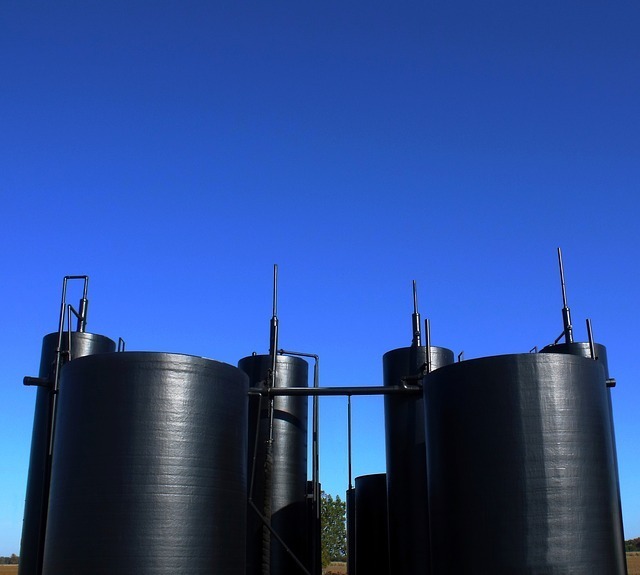 The US Energy Information Administration, in its weekly report on inventory levels of crude and refinery products released Wednesday, April 22, reported that US crude oil stocks had gained by 5.3mn barrels for the week ending April 17. This put the total crude inventory level at 489mn bbls, which the EIA has said is the highest level seen in 80 years for this time of year. Storage levels at Cushing, Oklahoma, added 738,000 bbls, which means that the US is now storing a total of 62.2mn bbls of oil – the highest amount since April 2004 and 36.2mn bbls more than inventory levels a year ago. There is plenty of market speculation that storage tanks are on the brink of being full, with little or no room left for further barrels.
The US Energy Information Administration, in its weekly report on inventory levels of crude and refinery products released Wednesday, April 22, reported that US crude oil stocks had gained by 5.3mn barrels for the week ending April 17. This put the total crude inventory level at 489mn bbls, which the EIA has said is the highest level seen in 80 years for this time of year. Storage levels at Cushing, Oklahoma, added 738,000 bbls, which means that the US is now storing a total of 62.2mn bbls of oil – the highest amount since April 2004 and 36.2mn bbls more than inventory levels a year ago. There is plenty of market speculation that storage tanks are on the brink of being full, with little or no room left for further barrels.
While most industry players are familiar with the long-running supply problems at Cushing, they may be less familiar with a second glut which has emerged in West Texas’ Permian Basin. As the fastest-growing shale region in the US, Permian currently houses 20mn bbls of crude storage, makes up about a fifth of the country’s total oil production, and is expected to produce approximately 2mn bpd of crude in May. However, a backlog of crude stocks has built up due to production outpacing Permian’s takeaway capacity.
Pipeline interruptions next month are expected to slow Permian deliveries even further: crude awaiting delivery to the Gulf Coast will very likely be diverted to Cushing where, as indicated above, storage levels are already at historically high levels. According to energy markets intelligence firm Genscape, there is now a limited amount of space to hold crude in the Permian, where utilisation rates are estimated at around 70%.
Under normal circumstances, one would expect such significant builds in stockpiles to have a bearish effect on crude prices. The EIA, however, has also estimated that US crude oil production will fall by 57,000 bpd in May – this supply drop, coupled with the general current bullish market sentiment, is expected to support increased pricing. Indeed, global prices have rallied for much of April, with WTI front-month futures recently closing above $56, its highest level this year.
Many analysts, however, expect that second-quarter price growth will be more muted. French bank Societe Generale recently raised its full-year WTI forecast by $4.28 to $53.62; however, it clearly stated that oil prices in May and June would be under pressure as a direct result of the rising stockpiles.

